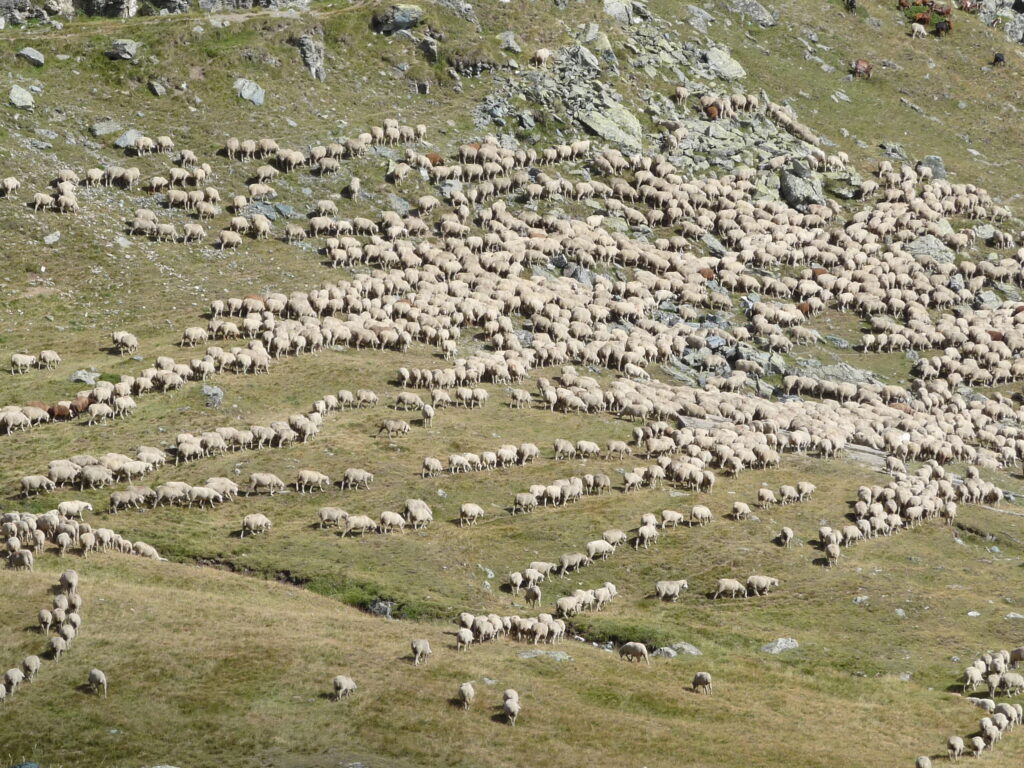
Lorem Ipsum has been the industry’s standard dummy text ever since the 1500s, when an unknown printer took a galley of type and scrambled it to make a type specimen book. It has survived not only five centuries, but also the leap into electronic typesetting, remaining essentially unchanged.
Lorem Ipsum has been the industry’s standard dummy text ever since the 1500s, when an unknown printer took a galley of type and scrambled it to make a type specimen book. It has survived not only five centuries, but also the leap into electronic typesetting, remaining essentially unchanged.
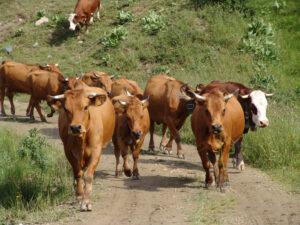
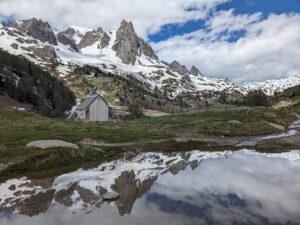
L’agriculture de montagne est particulièrement sensible et vulnérable face aux effets des changements climatiques. Si le phénomène est global, ses effets ne sont pas homogènes d’un territoire à un autre, d’une altitude à une autre. Sur l’ensemble du massif alpin, l’élevage doit donc s’adapter, tout en atténuant ses effets sur le climat.
Né dans les Écrins suite aux épisodes de sécheresse des années 2000, le programme « Alpages sentinelles » (portage INRAE) a pour objectifs de mieux comprendre et anticiper les effets du changement climatique en alpage (évolution des conditions météorologiques, conséquences sur les ressources en eau et les végétations, etc.). Ce dispositif multipartenarial est aujourd’hui largement déployé sur les alpages du massif alpin.
Au delà des alpages, le projet ClimPasto (2021-2023, portage Suaci Montagn’alpes) s’est intéressé à l’adaptation des systèmes d’élevage à composante pastorale dans un contexte de changement climatique : identification des leviers utilisés pour l’adaptation, des indicateurs agroclimatiques qui peuvent être mobilisés pour caractériser le changement climatique, etc.
C’est dans le cadre de ce projet, entre autres, qu’a été réalisée la Pastothèque : une typologie unifiée des milieux pastoraux, pour mieux les caractériser, identifier les ressources qu’ils proposent et leur fonctionnalité face aux aléas climatiques.
Lorem Ipsum has been the industry’s standard dummy text ever since the 1500s, when an unknown printer took a galley of type and scrambled it to make a type specimen book. It has survived not only five centuries, but also the leap into electronic typesetting, remaining essentially unchanged.
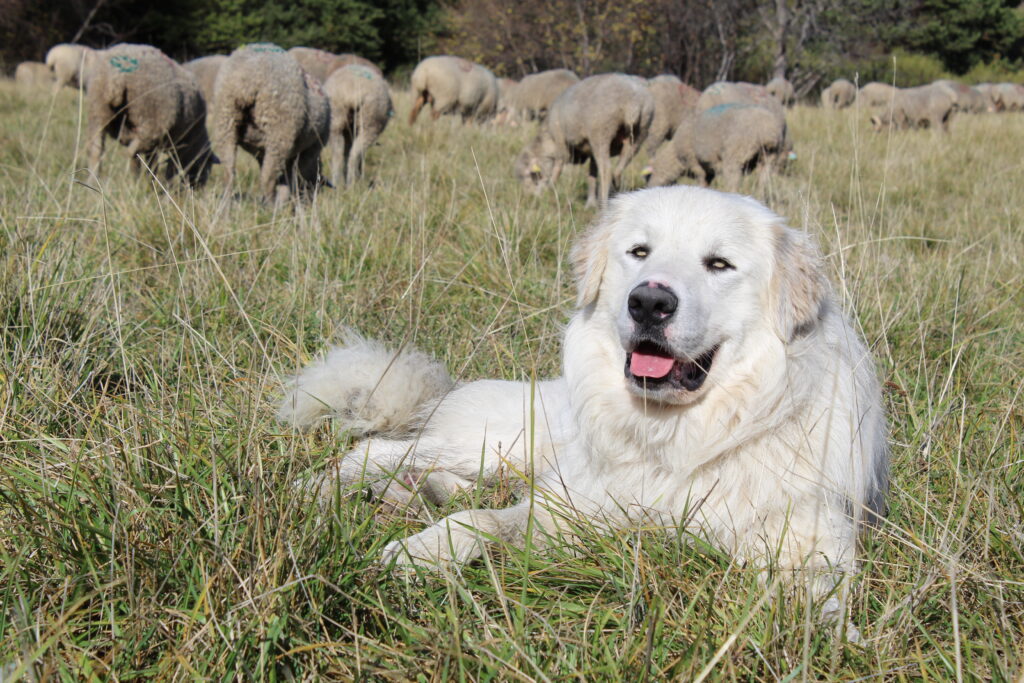
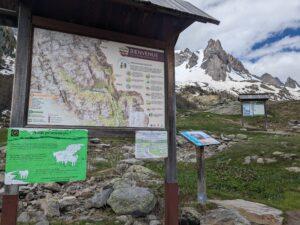
Lorem Ipsum has been the industry’s standard dummy text ever since the 1500s, when an unknown printer took a galley of type and scrambled it to make a type specimen book. It has survived not only five centuries, but also the leap into electronic typesetting, remaining essentially unchanged.
Lorem Ipsum has been the industry’s standard dummy text ever since the 1500s, when an unknown printer took a galley of type and scrambled it to make a type specimen book. It has survived not only five centuries, but also the leap into electronic typesetting, remaining essentially unchanged.
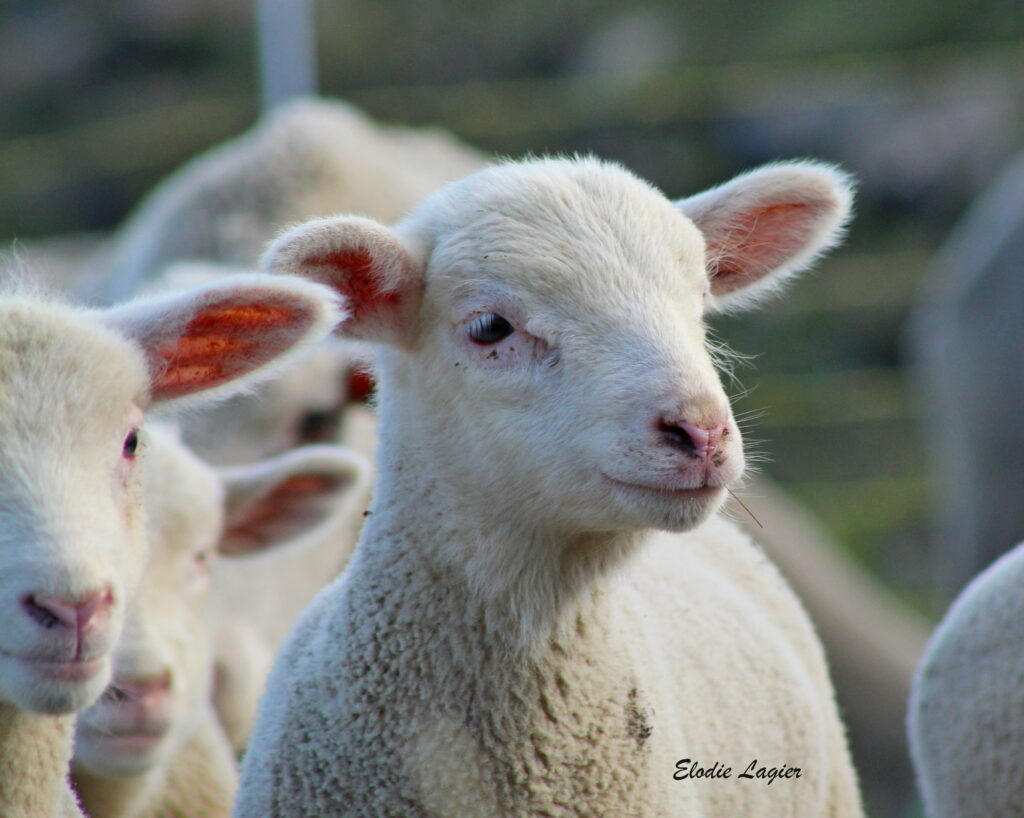

Lorem Ipsum has been the industry’s standard dummy text ever since the 1500s, when an unknown printer took a galley of type and scrambled it to make a type specimen book. It has survived not only five centuries, but also the leap into electronic typesetting, remaining essentially unchanged.
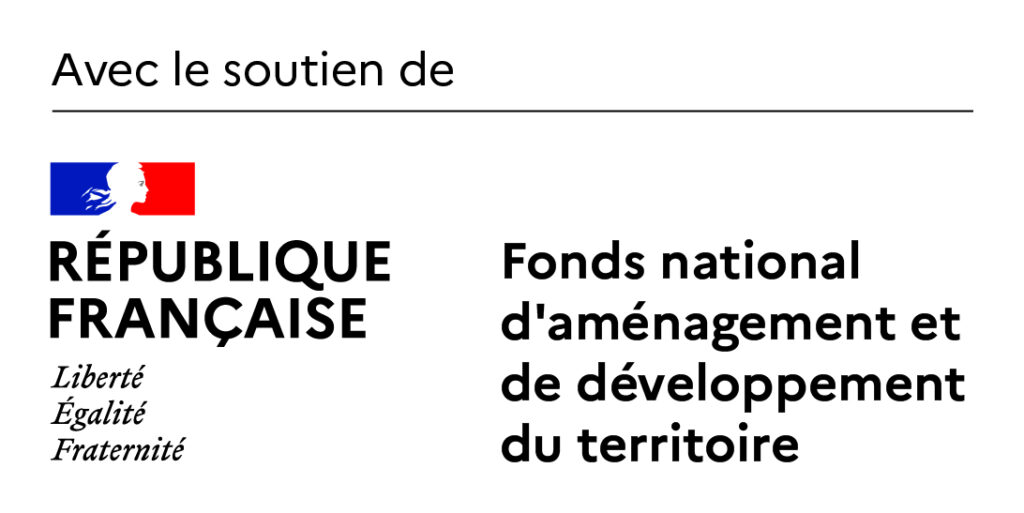

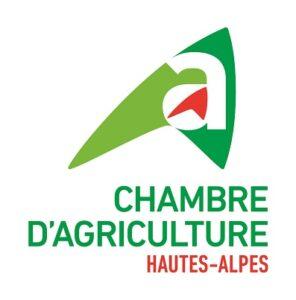

Le groupe agriculture du Comité de Massif des Alpes réunit l’ensemble des acteurs du massif concernés par la thématique agricole afin de faire des propositions d’actions structurantes.
Les animateurs du groupe :
Suaci Montagn’alpes :
floriane.difranco@smb.chambagri.fr
Chambre des Hautes-Alpes :
fanny.bertrand@hautes-alpes.chambagri.fr
nathalie.girard@hautes-alpes.chambagri.fr
Site créé avec ♥ par 8PIXL, maintenance par ma-maintenance-wordpress.fr